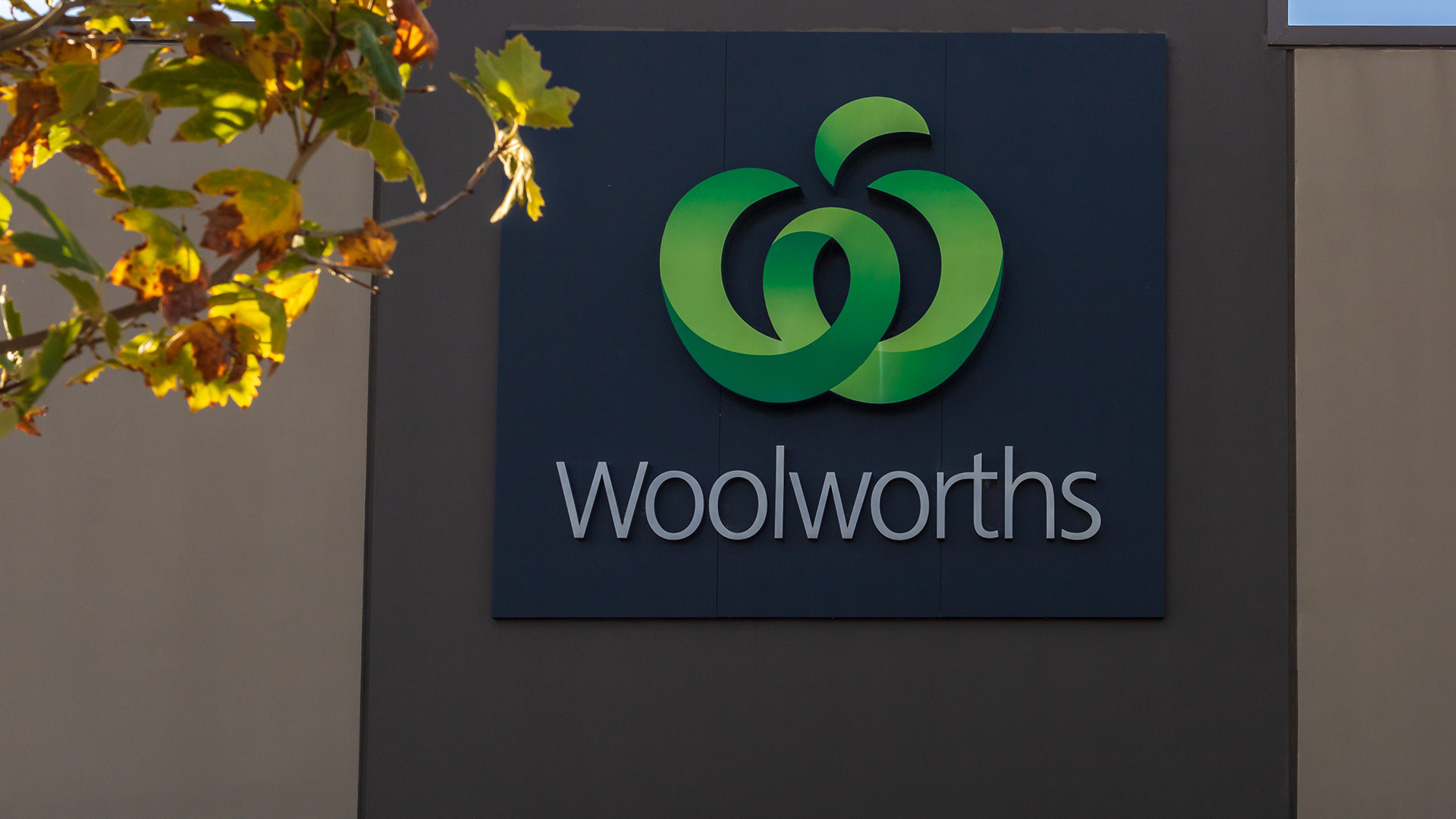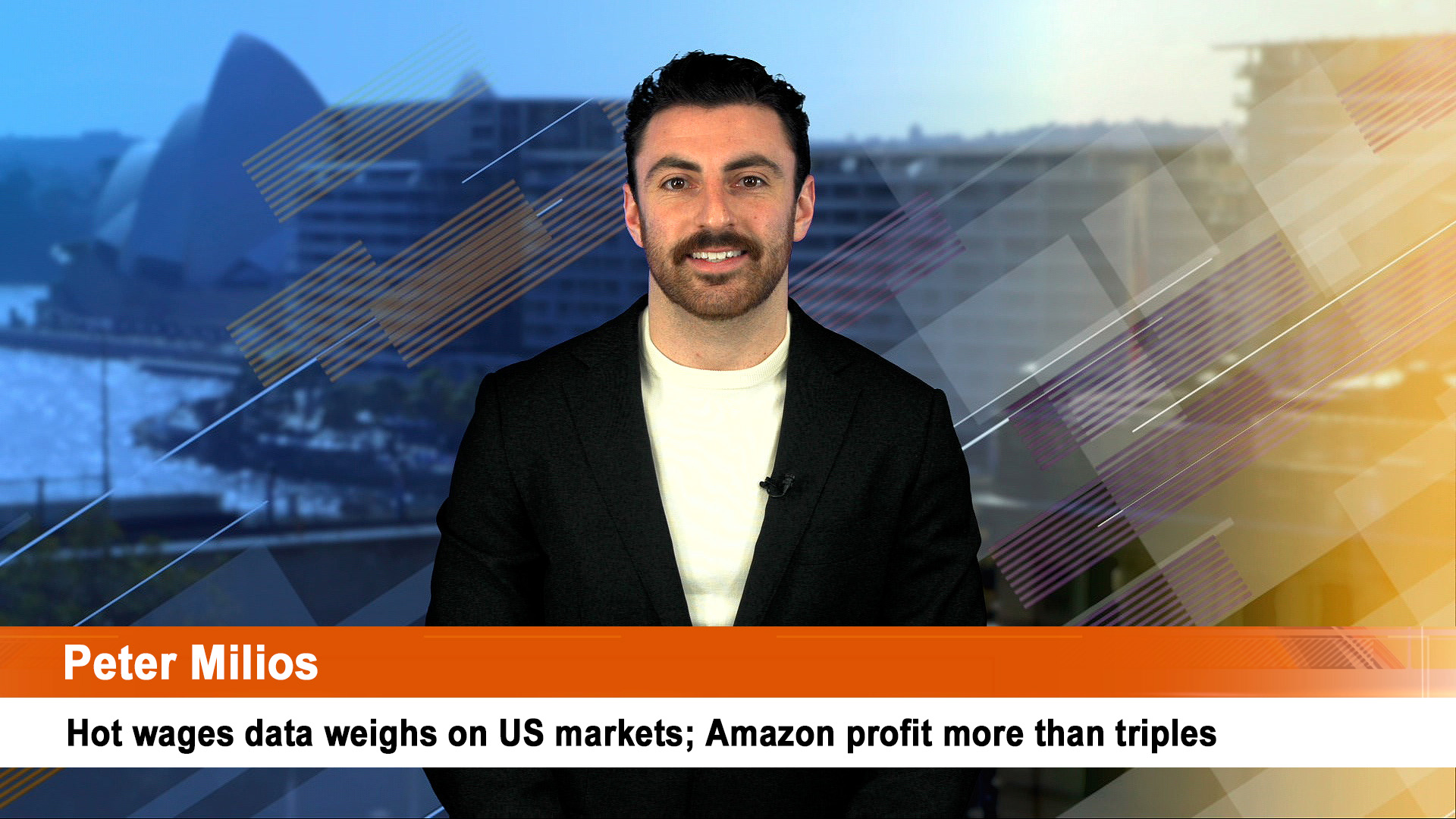QBE (ASX:QBE) looks set to meet or exceed its 2022 net profit, thanks to a remarkable turnaround in investment returns during the year ending in December.
QBE disclosed a 2022 statutory profit of $US770 million. Its 2023 interim result of $US400 million indicates it is on track to at least match that figure. However, a surge in investment returns during the September quarter could potentially surpass the 2022 outcome, despite weaker returns from some key insurance lines.
On Monday, the insurer informed the ASX that, despite weaker risk asset performance (referring to its insurance operations), "strong fixed income returns underpinned favorable investment performance in 3Q23."
This statement downplayed the significant recovery in returns from the company's $US28.2 billion investment portfolio at the end of the September quarter. This rebound is expected to result in investment returns reaching around $US1.2 billion or higher, compared to the 2022 loss (including a rate risk adjustment) of $US776 million.
The substantial improvement primarily stems from higher returns from its bond and fixed interest portfolios, described by QBE as "strong fixed interest returns" in the September quarter. These stronger investment returns are more than compensating for weaker returns from insurance operations in certain parts of Australia and the US crop insurance business. Additionally, there appears to be an improvement in catastrophe costs, according to QBE, and the company is confident about meeting its guidance for the year ending in December.
This guidance includes a 10% increase in gross written premiums across its global operations and a combined operating ratio of 94.5%, slightly higher than the 93.7% reported in 2022. Furthermore, QBE anticipates that the supportive premium rate environment will continue into 2024.
QBE noted that its catastrophe claims for the first 9 months of the year are improving. However, the highlight of its performance is the surge in investment income, which is projected to exceed the billion-dollar mark by December 30, thanks to higher interest rates and a revamped investment portfolio.
The company reported that third-quarter investment returns of $US316 million brought the total for the first 9 months of the fiscal year to $US978 million. If the third-quarter performance is repeated, returns will easily surpass $US1.2 billion and could reach over $US1.3 billion.
In comparison, the first 9 months of 2022 saw a loss of $US1.17 billion, which included a negative asset risk-free rate impact of $US1.315 billion. Excluding this risk-free adjustment, QBE reported a $125 million positive return in the September 2022 quarter and $US139 million for the first 9 months of that year.
By the end of 2022, QBE reported a return on its investment portfolio of $US567 million, excluding the asset risk-free impact, which resulted in a net loss of $US776 million for the year. The net return for 2022 was a negative 2.7%, but the net return for the first 9 months of the current year is a much-improved 5.0%.
QBE acknowledged ongoing natural catastrophe activity, including multiple storm, flood, and wildfire events in Europe and North America, along with hurricanes Idalia, Otis, and Hillary. However, catastrophe claims have been trending favorably compared to QBE's revised FY23 catastrophe cost assumption of ~$US1.3 billion.
QBE also mentioned that claims inflation trends remain largely consistent with those outlined in its 1H23 result. While some early moderation is evident in certain lines, inflation has persisted in a small number of portfolios, including Australia Pacific personal lines and North America non-core lines and Accident & Health. QBE expects this to result in some strain on the current year and modest adverse prior year development. However, these impacts, along with a weaker North America Crop result, are anticipated to be offset by lower catastrophe costs in 2H23, according to QBE's Monday release.
The North America Crop result for 2023 is expected to be adverse to Plan, reflecting the impact of lower commodity prices and drier conditions in certain states. Based on currently available data, QBE anticipates a current accident year Crop combined operating ratio of around 93-97%.














